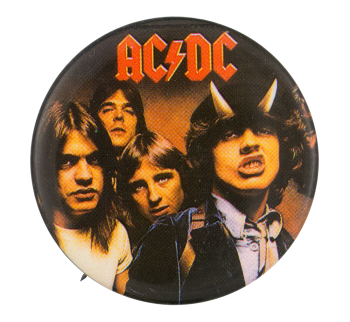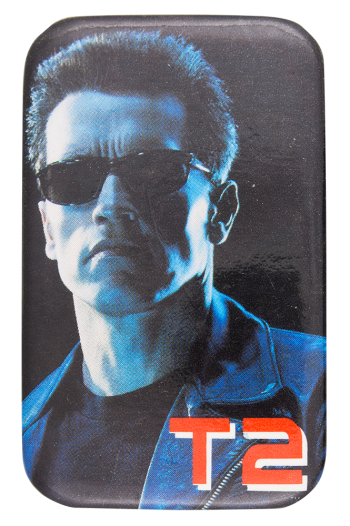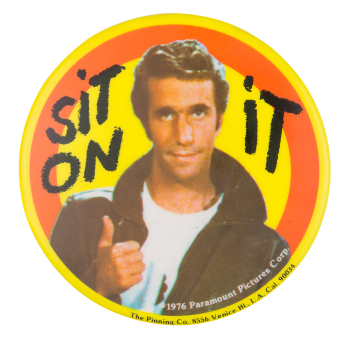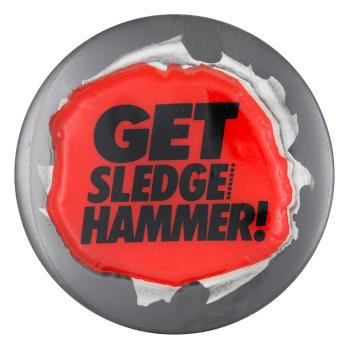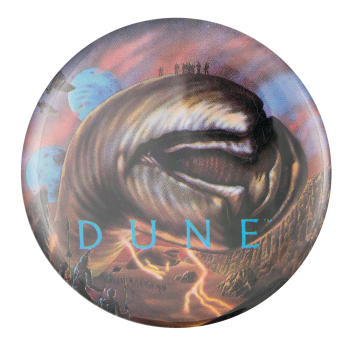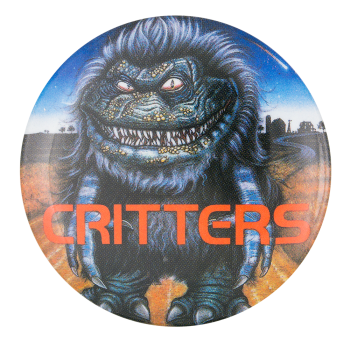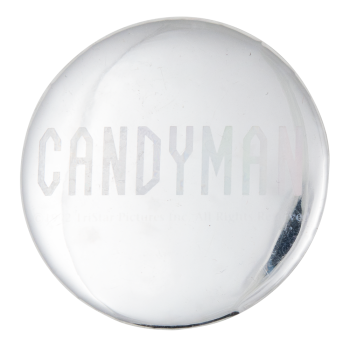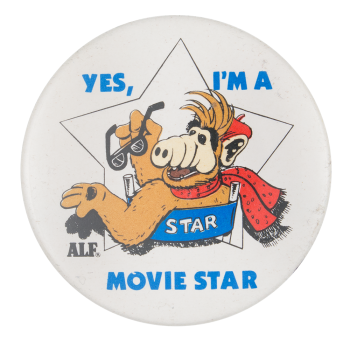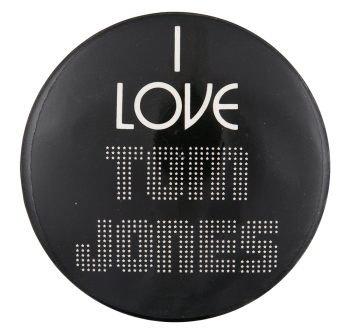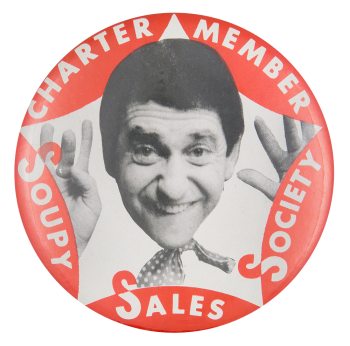AC/DC Highway To Hell Group
| Category | |
|---|---|
| Additional Images | |
| Sub Categories | |
| Text on Button | AC/DC |
| Image Description | Photograph of the four members of the band AC/DC on an orange and black background with a red text logo at the top. |
| Back Style | |
| The Shape | |
| The Size | |
| Additional Information | AC/DC is an Australian rock band popular during the 1970s and 1980s. Well known for their songs "Back in Black" and "Highway to Hell," the band is considered one of the best-selling music artists of all time and were inducted into the Rock and Roll Hall of Fame in 2003. |
| Catalog ID | MU0353 |

